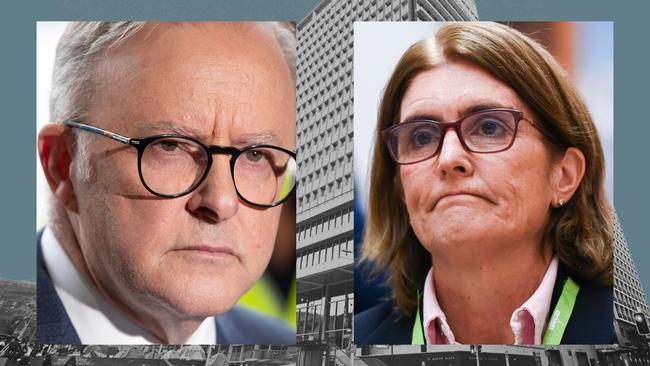
The margin for policy error is tiny, while the cupboard is bare, given Labor has already totted up $23bn in relief on energy, childcare, rental assistance, education and medical expenses.
Any more fiscal juice from a budget veering towards another bumper surplus would be inflationary and delay the day, expected in the back half of this year, when the Reserve Bank begins to loosen the monetary screws.
Wednesday’s gathering in Canberra is pure political theatre, headlined by a Prime Minister who seemed to lose his electoral nous last year and is charging to a by-election in March.
Albanese is in messaging overdrive: he insists he hasn’t forgotten his election pledges and Labor has a plan to ease the squeeze.
“If we can find ways to put extra dollars in people’s pockets, particularly those low and middle income earners who are doing it tough, then we’re prepared to do so,” he told Sky News on Monday.
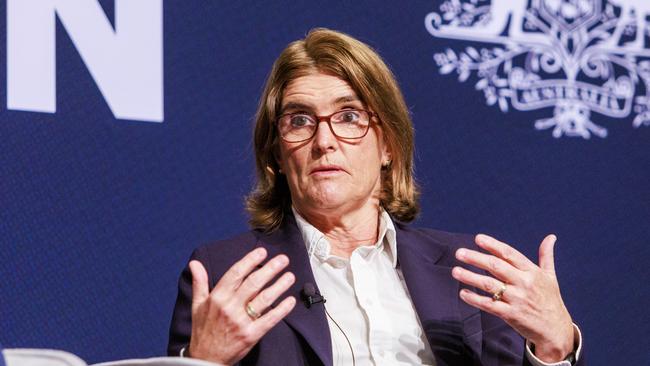
But to make a difference to the finances of Middle Australia – parents raising children and paying off a home – and nudge the two-party vote to retain control of the lower house, the spending required would be hefty, and by definition inflationary.
The mortgage belt has been battered by 13 RBA cash-rate rises, tax bracket creep, high inflation and declining real wages, which have slowed the economy to a “per capita recession”, likely to continue over the coming six months.
According to economists from the Commonwealth Bank, the nation’s largest home lender, the amount of interest paid on housing debt in the September quarter was up by “a massive 173 per cent from pandemic lows”.
While in aggregate there are still savings buffers in place, including deposits in offset accounts, CBA head of Australian economics Gareth Aird on Monday said “there is no circuit breaker on the horizon in the short run to boost consumer demand”.
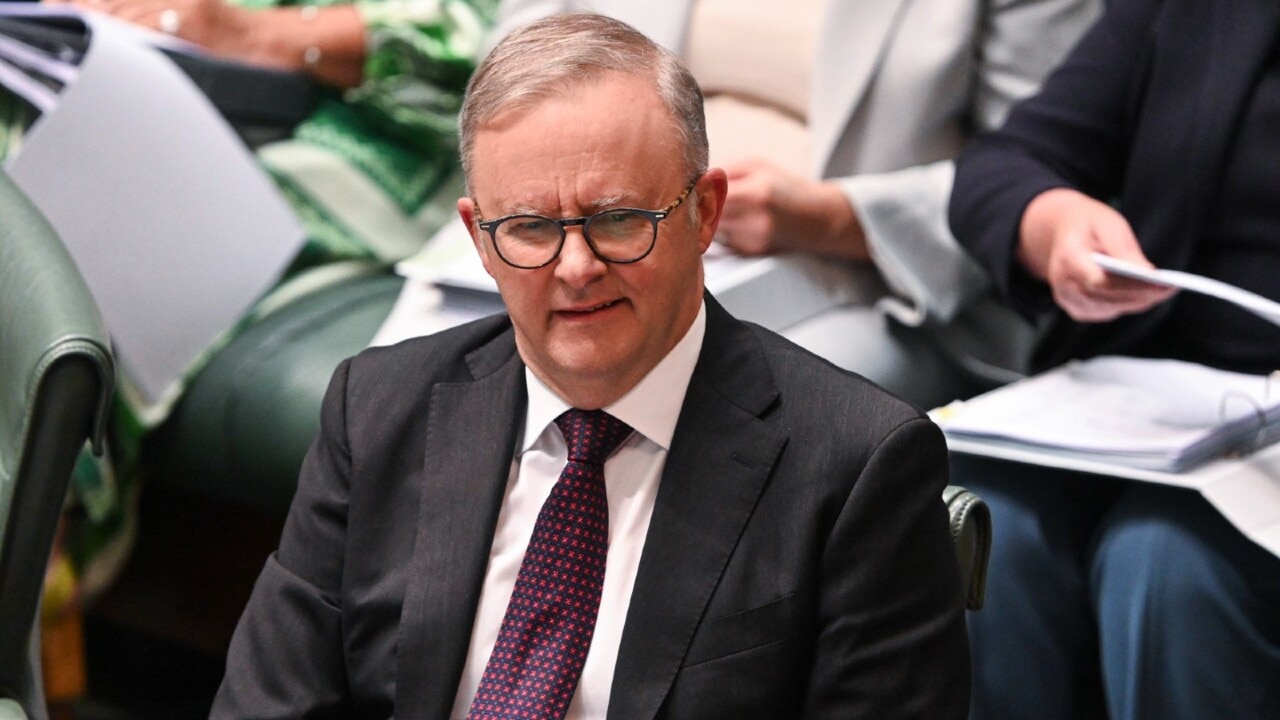
The stage three tax cuts due from July 1, estimated to be worth $20bn in their first year, should boost household spending, with the bulk of the benefits going to those people who pay the most tax.
There may have been a time to argue for and pull off a tweak to stage three, to help the poor or soak the income-rich a little longer, but politics now decrees that Albanese must honour this loveless legacy Coalition reform.
The welfare lobby has a case for extending rental and power-bill assistance to the poor; during the post-Covid big inflation, however, Labor’s traditional constituencies have not been forgotten.
Half-yearly indexation of benefits have kept payments above average price gains, while the lowest-paid workers have seen sturdy rises in minimum wage rates, a series of income-tax offsets, and an abundance of job openings.
More spending in this space, frankly, won’t give Labor an electoral dividend.
Economy-wide interventions, such as boosting human capital through training and increasing competition in a variety of markets, won’t bear fruit before the next poll.
Right now, the government’s biggest asset is time. Hitting the panic button in the May budget would be forlorn economics and desperate politics.
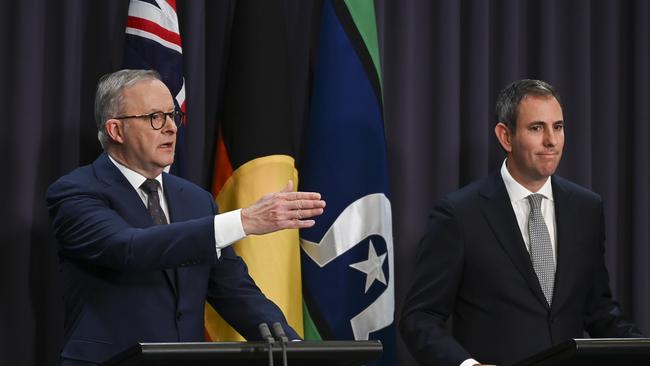
With a general election due in May next year, Labor’s fortunes depend in large part on the new era RBA under Michele Bullock achieving a “soft landing” for the economy by early next year.
A still low jobless rate of 4.5 per cent (which the boffins reckon is “full employment”) and inflation back to the top of the target range of 3 per cent would be a decent starting point for the incumbents’ re-election campaign.
But the Prime Minister is still searching for a second-term broadbased policy offering that restores national prosperity and excites voters beyond Labor’s shrinking base.
More one-off populist responses to the living-cost malaise sourced from its boots on the ground electoral warriors won’t win the day.




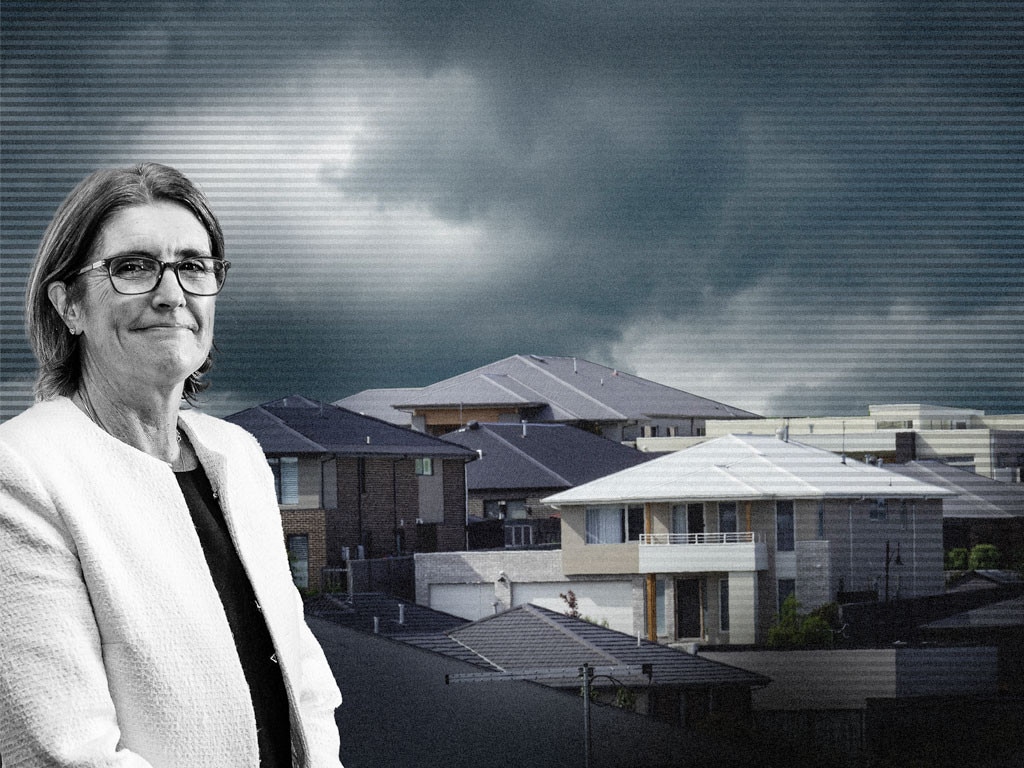


It would be a January miracle if Camp Caucus delivered even one effective solution for Anthony Albanese to meaningfully ease the cost of living for families.